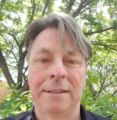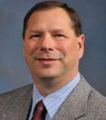DOWNLOAD A COPY OF: “Living Water Smart in British Columbia: Watershed Security Strategy is a Building Block” – released by the Partnership for Water Sustainability in March 2022

“From our ‘One Water’ perspective, it is unfortunate that Government’s water program is now spread across three Ministries, along with a fourth entity, the BC Oil and Gas Commission. This creates operational challenges in ensuring a consistent, unified message. Four entities sharing responsibility for ‘water’ exacerbates and accentuates the urgent need for effective communication, cooperation, coordination, and collaboration across government, including other ministries. Without the 4Cs as a guiding philosophy, the risk is high that good intentions would be undermined by generational amnesia,” stated Ted van der Gulik.










